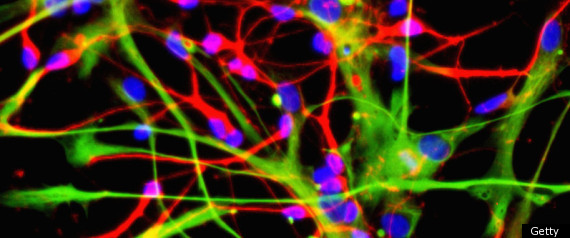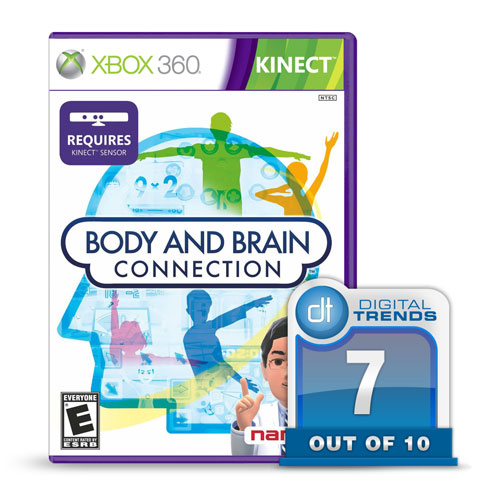In this large, population-based study, each 25 g/day increase in consumption of white fruits and vegetables was associated with a 9% decrease in stroke risk.
However, lead author Linda M. Oude Griep, MSc, from the Division of Human Nutrition at Wageningen University, the Netherlands, cautioned that as this is the first such study to look at color groups of fruits and vegetables in relation to stroke, no definite conclusions can be made.
 |
| Linda M. Oude Griep |
Their findings are published online September 15 and will appear in the November issue of Stroke.
Color Mirrors Content.................
In this study, the researchers investigated whether fruits and vegetables grouped into different colors were associated with incident stroke. Although studies have consistently shown that a high consumption of fruit and vegetables overall is associated with a lower stroke risk, the researchers note, few studies have examined the association between stroke risk and groups of fruit and vegetables grouped according to the color.
The color of the primary edible portion of fruits and vegetables reflects the presence or absence of particular pigmented bioactive compounds, such as carotenoids, anthocyanidins, and flavonoids, the authors write. Which fruits and vegetables in particular contribute most the reduction in stroke risk from overall high consumption is not known, and that was the primary aim of this study.
The researchers used data from the Monitoring Project on Risk Factors and Chronic Diseases in the Netherlands Study, a population-based cohort study including 20,069 men and women aged 20 to 65 years and free of cardiovascular disease at baseline.
Information on fruit and vegetable intake was taken from a validated, 178-item food frequency questionnaire that included juices and sauces.
Fruits and vegetables were classified into 4 color groups according to the edible portion: green included such items as broccoli, brussels sprouts, and kiwi fruit; orange/yellow included citrus fruits, carrots, and cantaloupe; red/purple encompassed things like cherries, grapes, red cabbage, and tomatoes; and white included the allium family of garlic and onion, hard fruits such as apples and pears, and bananas, cauliflower, or cucumber.
Potatoes and legumes were not included as vegetables, "because their nutritional value differs significantly from that of true vegetables," the researchers note.
The median consumption of white fruits and vegetables was highest in this population, and apples and pears were the most commonly consumed of these, making up 55% of intake.
Median Consumption of Fruits and Vegetables by Color Group
| Color Group | G/Day |
| Green | 62 |
| Orange/Yellow | 87 |
| Red/Purple | 57 |
| White | 118 |
The authors report that although no such relationship was seen with green, orange/yellow, or red/purple groups, there was a significant reduction of 52% in 10-year stroke incidence for those participants in the highest quartile for white fruit and vegetable consumption vs those in the lowest quartile.
Stroke Risk for Highest vs Lowest Intake of White Fruits and Vegetables
| Comparison | Hazard Ratio | 95% Confidence Interval |
| Quartile 4 vs quartile 1 (>171 g/day ≤78 g/day) | 0.48 | 0.29 - 0.77 |
Previous studies have suggested that apples and pears are inversely related to incident stroke, although the findings were not statistically significant in those studied, the researchers note. Apples are a rich source of dietary fiber and the flavonol quercetin, the authors note.
Another important contributor to white fruit consumption was bananas, they add. "To our knowledge, no previous prospective cohort studies have investigated the association between bananas and incident stroke."
"Apple a Day" Clinical Trial?
In an editorial accompanying the publication, Heike Wersching, MD, from the University of Muenster Institute of Epidemiology and Social Medicine, Germany, points out that this study focuses on the beneficial effects of food groups, allowing for the synergistic effects of different nutrients in whole fruits and vegetables to be evaluated.
"This approach is of particular importance in the active prevention of cerebrovascular disease, as it directly translates into healthy food choices," Dr. Wersching writes.
The adjustment in this large trial, however, still may not completely rule out the effects of a generally healthy lifestyle, she notes. "Thus, specific reduction in stroke risk for single subgroups of plant foods still needs to be interpreted with caution."
Nevertheless, "The work by Griep et al proposed an interesting and practical concept that calls for replication studies, ideally supported by analysis of corresponding biomarker profiles," she concludes. "If replication is successful in independent studies and countries, the time for an 'apple a day' clinical trial has come."
The Monitoring Project on Risk Factors and Chronic Diseases in the Netherlands Study was supported by the Ministry of Health, Welfare, and Sport of the Netherlands; the National Institute of Public Health and the Environment, Bilthoven, the Netherlands; and the Europe Against Cancer Program of the European Union. An unrestricted grant was obtained by one of the article coauthors from the Product Board for HorticuIture, Zoetermeer, the Netherlands, to cover the costs of data analysis for the present study. The other authors and the editorialist have disclosed no relevant financial relationships.
Stroke. Published online September 15, 2011.


 Scientists have discovered how some nerve cells in the brain are resistant to damage during a stroke - a finding that could one day pave the way for new therapies to protect other types of nerve cells.
Scientists have discovered how some nerve cells in the brain are resistant to damage during a stroke - a finding that could one day pave the way for new therapies to protect other types of nerve cells. .......
.......










